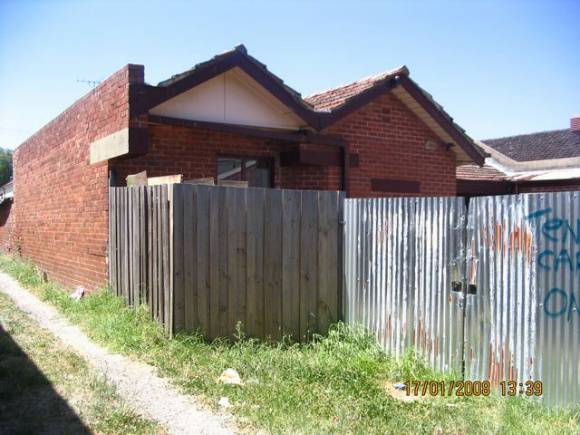| Back to search results » | Back to search page » |
|
House & Dairy
Location71 Queen Street RESERVOIR, Darebin City LevelDemolished/Removed |
|
Statement of Significance
Demolished in 2009. The following statement of significance was prepared in 2008. What is significant? How is it significant? The house and former dairy complex at 71 Queen Street, Reservoir is of local historic and social significance to Darebin City. Historically, it is one of the oldest small family-run dairies still extant in the City of Darebin and as a supplier of locally produced milk the dairy is significant for its association with the City of Darebin's strong history of dairy farming, a history that continued in the northern part of the area until the mid twentieth century. It is a good example of the many suburban distribution dairies established in Darebin and other Melbourne suburbs in the 1920s and '30s following the passing of the Milk Supply Act 1922, which made the cooling of milk by dairymen compulsory. It also demonstrates the development of an essential urban service and therefore provides evidence of the first phase of suburban development of Reservoir in interwar period. (RNE criterion A.4) The house and dairy complex is also significant as a representative example of a small neighbourhood dairy, a building type that was once common, but is now becoming increasingly rare. The complex of buildings around a central courtyard with access from two laneways and its associated residence, is able to demonstrate the process of suburban milk delivery and retailing from the 1920s to the 1960s, including cooling of the milk, the horse and cart delivery of bulk milk to residential customers, over-the-counter sales and the transition to bottled milk distribution from a centralised processor. (RNE criteria B.2 & D.2) The dairy also has an association with the development of one of Australia's largest milk processors, which originated in Preston as Pura Dairy. (RNE criterion H.1).
A house and dairy complex at 71 Queen Street, Reservoir (also known as Regent) was constructed c.1925-6 for Rose Bros. By the 1930 G.F. Vessey was the dairyman in residence and additions were made the brick dairy c.1934, while the weatherboard stables were replaced by brick stables c.1954. The dairy passed through several hands, remaining a family-run business until about 1960 when it was acquired by the large firm of Metropolitan Dairies who acquired many of the smaller dairies in the area and by 1964 were handling 32% of Melbourne's milk supply. It remained the distribution agency for Metropolitan Dairies until about the mid-1970s when the company disposed of the property. The dairy building has since been converted to a residence.
Group
Farming and Grazing
Category
Dairy




